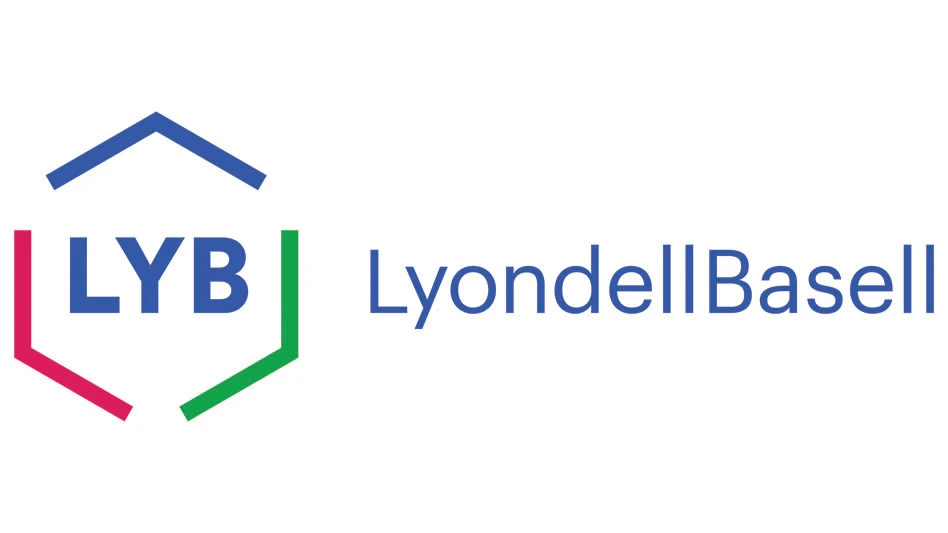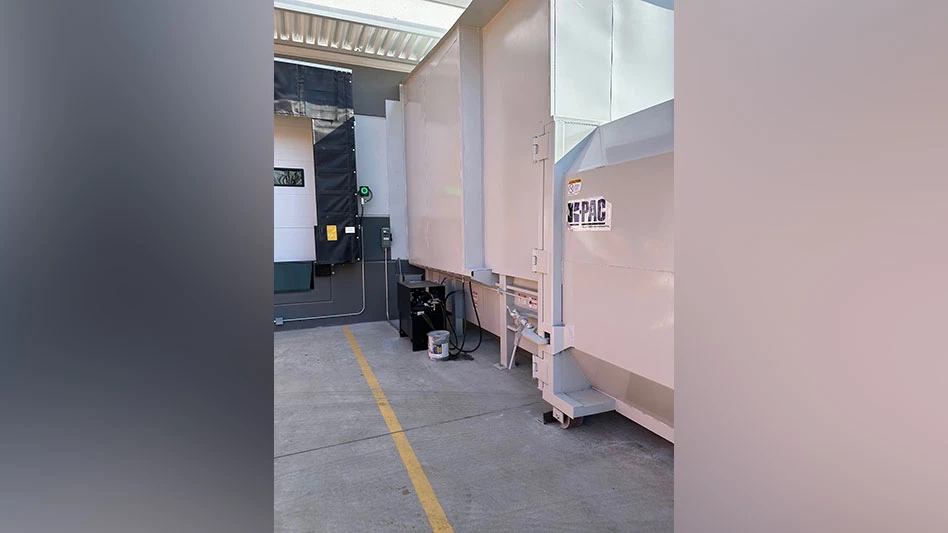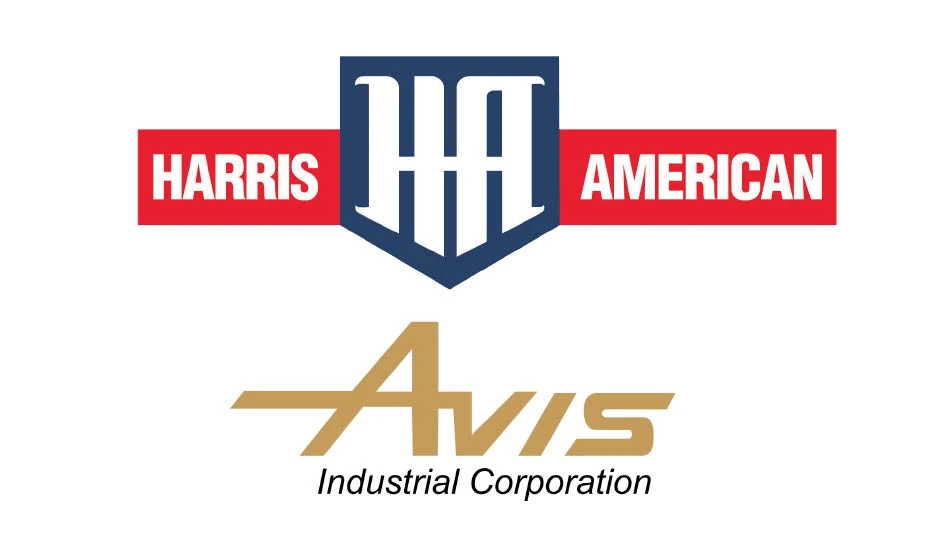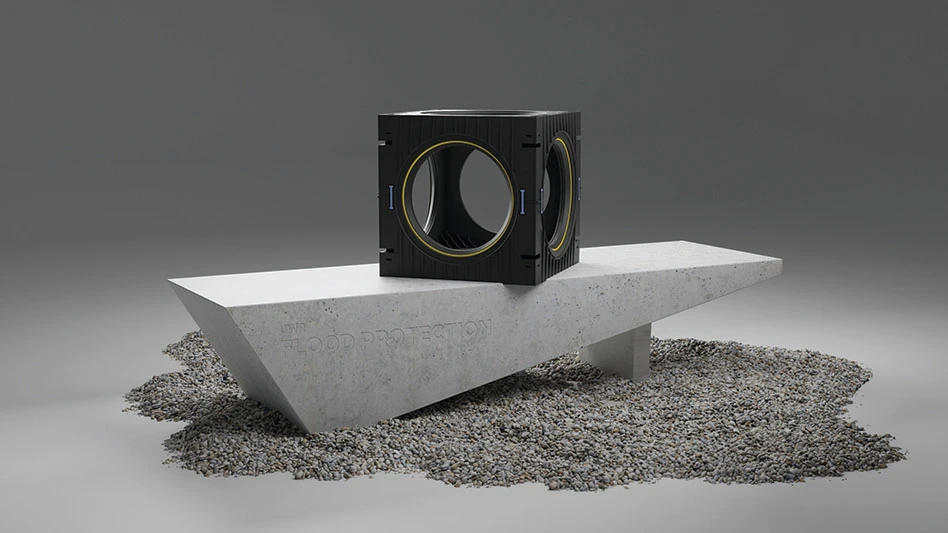Up to 14 million motor vehicles reach the end of their road-worthy lives in the member states of the European Union (EU) each year, according to the Brussels, Belgium-based Bureau of International Recycling (BIR). To help tackle the daunting disposal task, the EU enacted the End-of-Life Vehicle (ELV) Directive in October 2000. The legislation, implemented in stages throughout the last five years, aims to regulate auto recycling among the EU’s now 25 member states and ensure collection and recycling of more material from Europe’s ELVs.
But legislating 25 autonomous states, each with a differing level of recycling infrastructure, isn’t a one-step process. The directive is a fluid law, with room for interpretation.
MANAGING COLLECTION. The ELV Directive approaches the management of obsolete vehicles on a number of fronts. First and foremost, it is concerned with the collection of the millions of ELVs that could end up bound for the waste stream every year.
According to EUROPA, the official Web site of the European Union found at http://europa.eu.int, the directive requires member states to set up collection systems for ELVs and to ensure that all vehicles are taken to authorized treatment facilities.
However, the directive does not demand that each member state set up its system in the same way. Depending on the state of each individual state’s auto recycling industry before the directive was enacted, each country has the flexibility to choose its own approach to meeting the new regulations.
There are now 25 European Union member states, says Ross Bartley of the BIR. Even at the outset of the legalization when there were only 15, not all of them had solid auto recycling infrastructures in place. The same holds true today, Bartley says.
"They haven’t all got good infrastructure," he says. "But the governments are encouraging them to build [it] up."
At the time the legislation was approved by the EU and as the member states incorporated it into their own laws in 2003, some countries already had their own systems for handling ELVs. Today, it’s a "mixed bag" of progress, some states with sophisticated auto recycling infrastructure, including shredding plants and take-back funding systems, and others not quite as far along, says Bartley. "Some of the member states are way ahead," he says. "There is a multi-speed [element] in working with this legislation—some countries are much better off than others."
Bartley says some countries, like Austria, Belgium, Germany and the Czech Republic, just to name a few, have a "good number" of car shredders, while Latvia and Luxembourg don’t have any.
"One’s looking at a patchwork of countries," Bartley says.
However, Bartley points out that a lack of actual shredding plants does not necessarily reflect a member state’s lack of commitment to the directive. Some countries are just too small and don’t produce the volume of ELVs to justify setting up their own shredding plants, he says. Instead, the directive allows member states lacking in infrastructure to rely on their neighbors. "The commission allows the vehicles that are recycled in other member states to count toward the target [numbers] of the exporting countries," he says.
The directive says that in 2007, auto manufacturers will assume responsibility for the collection and recycling of ELVs, according to the EUROPA Web site. Until then, however, following through on the directive is basically left up to the law in each individual member state, says Peter Mathews of Black Country Metals in Stourbridge, U.K.
In Holland, for example, Mathews says each ELV has a recovery tax built into the cost to fund the recycling of the vehicle when it’s scrapped.
In other countries, like the United Kingdom, the vehicle’s last owner must pay for recycling, Mathews says, which can lead to illegal dumping of ELVs—abandoning them to skirt the charge for processing.
| Unleaded |
|
According to EUROPA, the directive stipulates that manufacturers of vehicles and their component equipment should design vehicles that use more recycled content in their makeup, are easier to dismantle and contain less hazardous materials.
The mandates about reducing or eliminating hazardous materials have already had concrete results, Mathews says, adding, “there’s always a big argument over what’s considered hazardous and what’s not.”
According to EUROPA, the directive states that the components of vehicles put out on the market after July 1, 2003, cannot contain mercury, hexavalent chromium or lead cadmium, with a few exceptions listed in an annex to the legislation.
“All our member companies try to do their best to be able to comply to all the regulations,” says Lukács of the companies in the AHA. He says the Hungarian companies have had success limit or eliminating lead content in castings coming from foundries.
The process is a phasing-out of hazardous materials, which has been successful in its results, Bartley says. “Some [materials] are gone, and others are going,” he says.
Lead is a sticking point he says. While the directive states that lead content in new vehicles must be decreased, lead is still a vital component in some parts of the automobile. “For instance, lead helps in the machining, so one has to find a substitute for that in the alloy,” he says.
It all depends on what substitutes have been found for the hazardous materials, says Bartley. For instance, lead-based protective paint has been all but phased out, but lead in the lead acid batteries that power many vehicles has not.
Where a hazardous material—like the lead in the car batteries—cannot be phased out of production, it must be specially identified and removed separately at dismantling, says Bartley. |
Hungary addresses its ELV Directive needs with three recycling networks, according to Dr. Paul Lukács, executive director of the Association of the Hungarian Automobile Industry (AHA). CAR-REC, a non-profit organization that covers 60 percent of the total Hungarian waste market; ERECO, a French-English company; and LOACKER, an Austrian company in cooperation with Hungarian auto dismantlers, are the three networks that handle Hungary’s ELVs.
In sparsely populated areas, ELV collection is typically handled by community collection sites—either devoted exclusively to ELVs or extensions of existing material collection sites—says Kate Saxton, public relations executive for Honda Motor Europe, London.
BUILDING COMPLIANT CARS. While the directive’s main objective is to manage the flow of ELVs into the recycling stream, it also includes stipulations about producing more environmentally friendly vehicles.
The directive also asks manufacturers to produce new vehicles that are easier to dismantle for recycling, which has been more challenging to put into practice than some of the directive’s other orders.
While ELVs are full of easily recyclable material, they also have their share of troublesome components. "Non-metals are particularly troublesome," says Bartley.
"Any composite plastics," echoes Mathews on the question of materials that complicate the ELV recycling process. "Windshields with glass and plastic laminated covers—mixtures are hard to separate," he adds.
Honda Europe, along with other manufacturers, has approached this aspect of the directive by making an effort to reduce the amount of mixed plastics, says Saxton.
Addressing the directive’s requirement that automakers strive to ease the dismantling process has been another challenging front.
While some manufacturers have been exploring ideas like a clip-on bumper, little headway has been made in actual manufacturing of "easy-to-dismantle" automobiles, says Mathews.
The challenge lies in balancing ease of dismantling and recycling with basic vehicle functionality and driver and passenger safety, Mathews says. "Considering the safety of the driver doesn’t always facilitate recycling," he says.
LOOKING FORWARD. The ELV Directive is still evolving. In 2007, the manufacturers will be expected to take a more active role in the collection, take-back funding and processing of ELVs. It is still uncertain just how this will play out, says Mathews.
He adds that many share a general feeling that the larger auto manufacturers will develop recycling contracts or make other cooperative agreements.
Lukács says this is already taking place in Hungary, where companies are partnering with one of the three take-back networks.
The automotive industry is watching the impending funding situation closely, says Honda’s Saxton. Manufacturers’ financial responsibility will vary, as the directive dictates they only have to finance the shortage if the existing treatment chain creates a deficit. She says Honda is looking to join up with other groups when organizing the take back, taking advantage of sharing managing costs. "Where this is possible, Honda will take advantage of existing infrastructure and will make arrangements for an environmentally sound treatment of its ELVs," Saxon adds.
Auto manufacturers, recyclers and shredders are constantly re-evaluating their approach to meeting the ELV Directive. No one is really quite sure of the effects the legislation will have in the long term, says Mathews, but for now, each member state is able to independently seek its own way to comply with the regulations.
"Everyone sees the directive coming, but we all adapt to it in different ways," he says.
The author is assistant editor of Recycling Today and can be reached at jgubeno@gie.net.

Explore the September 2005 Issue
Check out more from this issue and find your next story to read.
Latest from Recycling Today
- Enfinite forms Hazardous & Specialty Waste Management Council
- Combined DRS, EPR legislation introduced in Rhode Island
- Eureka Recycling starts up newly upgraded MRF
- Reconomy Close the Gap campaign highlights need for circularity
- Nickel carbonate added to Aqua Metals’ portfolio
- EuRIC, FEAD say End-Of-Life Vehicle Regulation presents opportunity for recyclers
- Recyclers likely to feel effects of US-China trade war
- BCMRC 2025 session preview: Navigating battery recycling legislation and regulations





